Thousands of Sea Cucumbers Have Washed Ashore in Oregon’s Coastal Town — and Experts Know Why
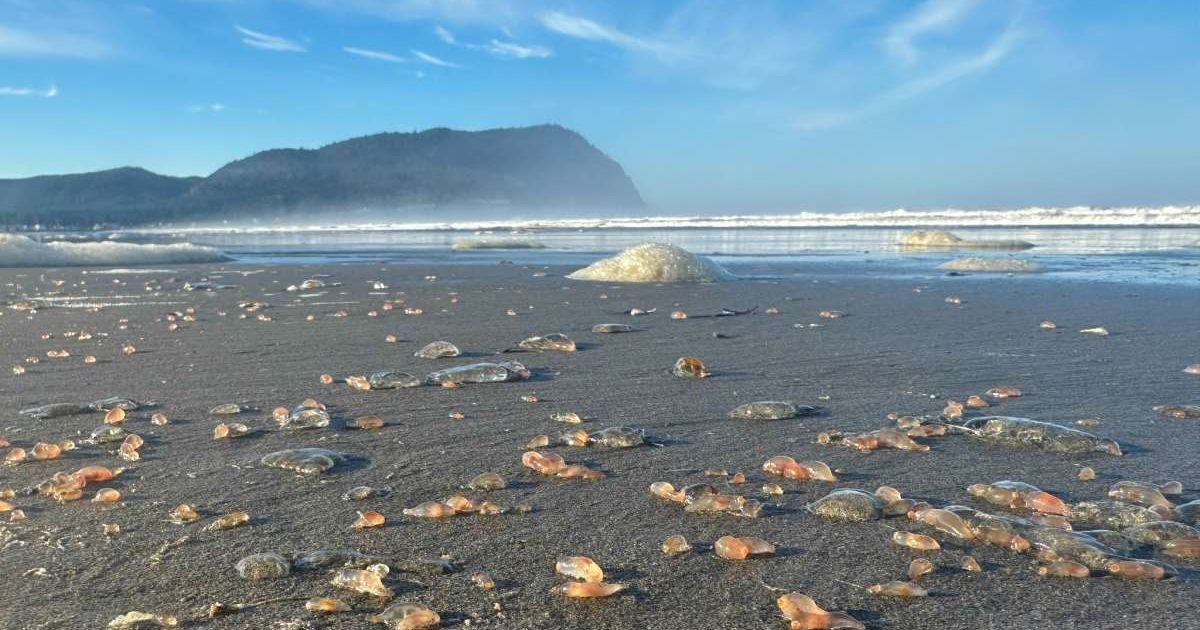
About 80 miles northwest of Portland, Oregon, the creamy golden sands of Seaside Beach are splattered with an unusual, seemingly grotesque sight. “Washed up today and all over the beach,” Frank Savage, a local, described on Facebook, and clipped some photos from Seaside Aquarium that initially spotted them. If you happen to visit the beach during these days, you too might find yourself freezing in a repulsive shock. As it turns out, thousands of these pinkish tube-shaped wiggly creatures are washing up on the shore, dislodged from their homes by a rare combination of heavy surf and low tides, according to a report by ABC News. Dubbed “skin-breathing sea cucumbers,” these creatures are lying helpless on the sands.
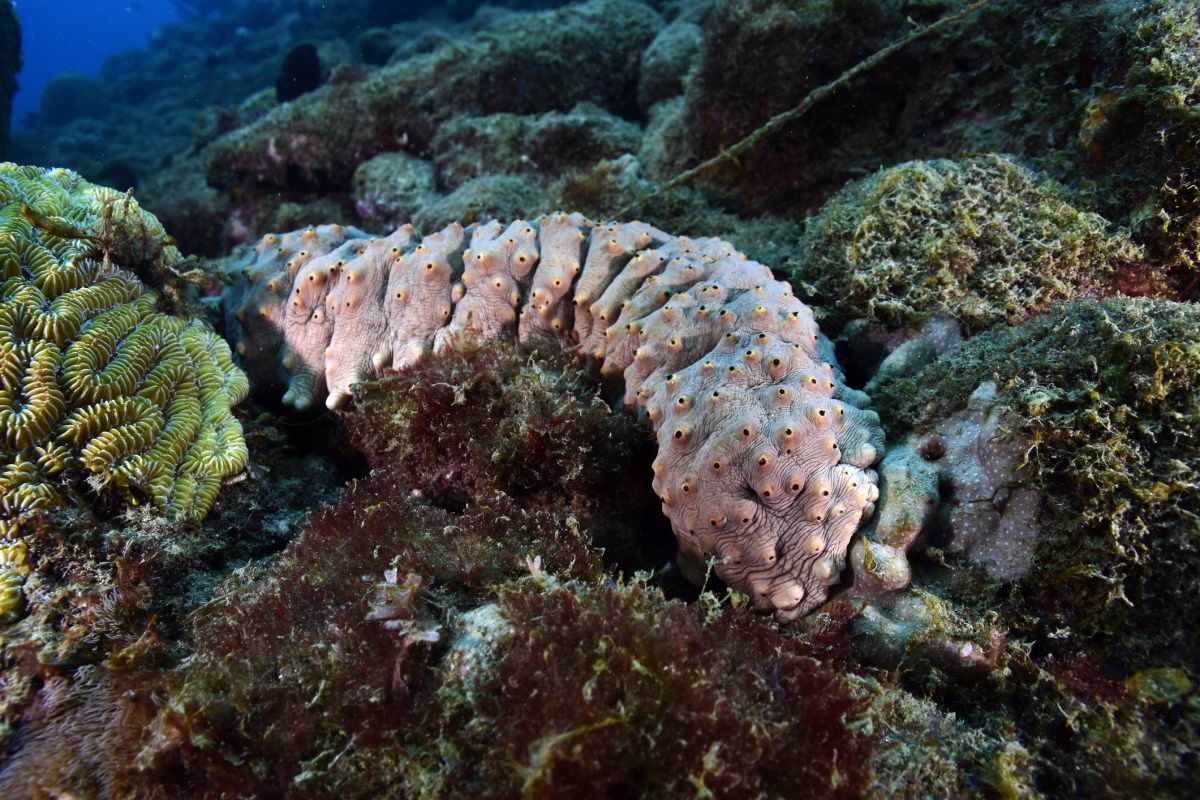
Named Leptosynapta clarki by marine biologists, these sea cucumbers are distant cousins of sea stars, urchins, and sand dollars. Their small size and translucent, gelatinous appearance might cause humans to mistake them for meager, elongated blobs that slump around on the sea floor, doing something. But this appearance is just a façade. Lurking within the bodies of these sea creatures is a magnanimous intelligence, not a brain but intelligence. As Nat Geo Animals explains, sea cucumbers have tiny tube-like projections, studded with suckers, that they use to crawl on the seabed, anchor themselves, or grab prey.
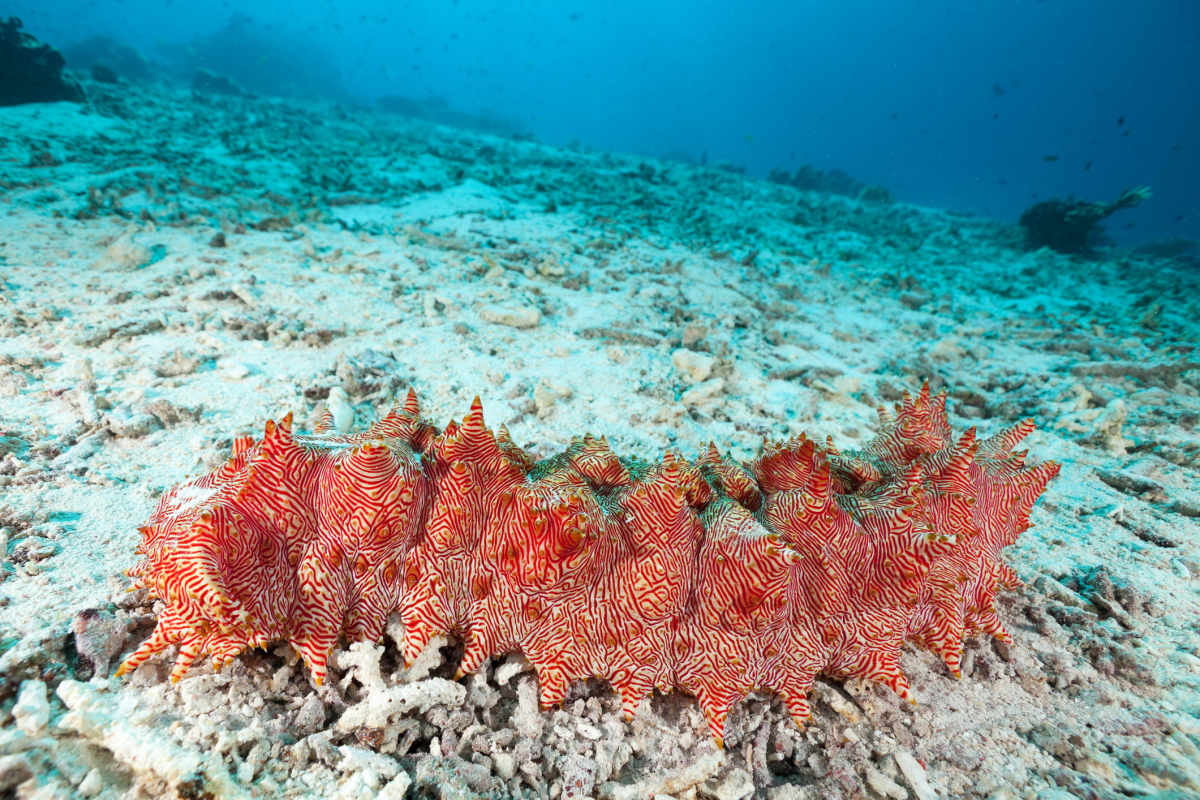
A fish coming too close could put its life in danger, as this vicious tottering worm has a cunning way to trap them. When the time comes, these cucumbers can even stick out special white filaments daubed in sticky material that traps the fish in its web and gobbles it up. Usually, however, they aren’t that merciless. Most days, they just feed on sediment, tiny water plants, and waste material scattered on the sea floor, also filtering the water for other animals. They blend with the sand and cast out trails of bubbles while breathing through their anus and a bizarre respiratory tree.
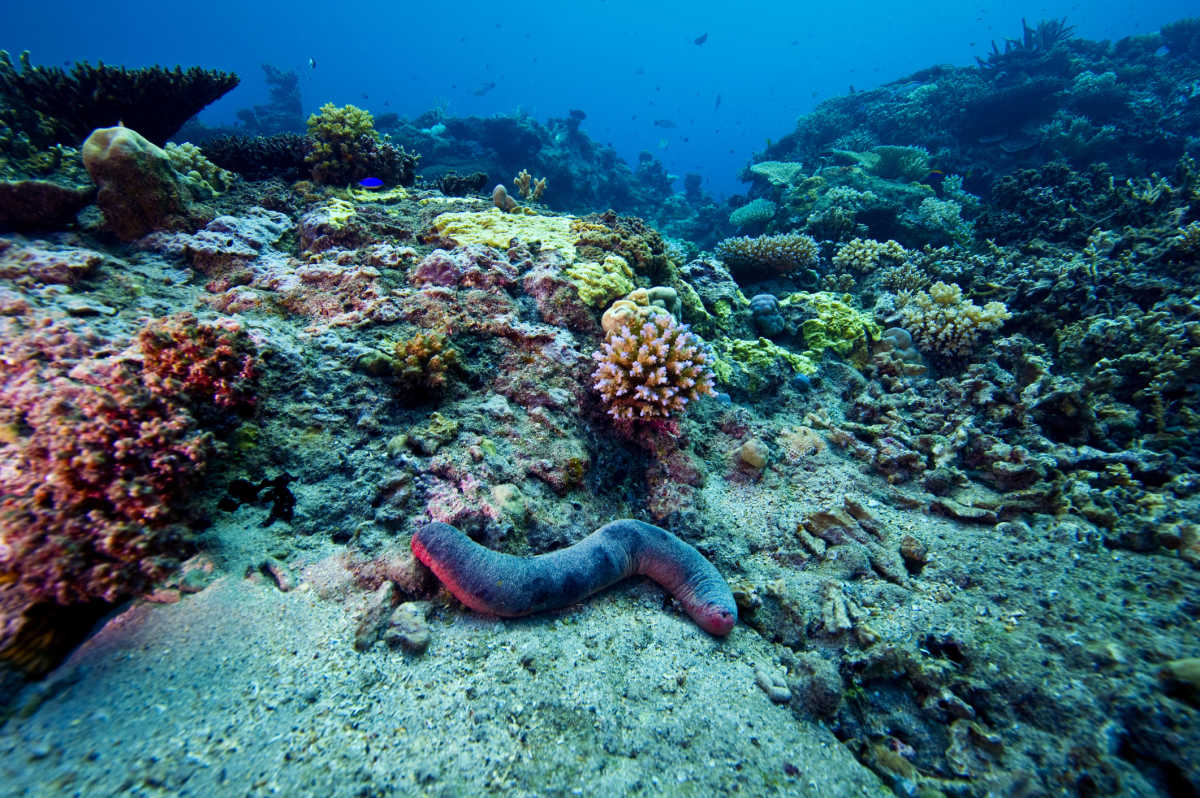
In this case, thousands of these squirmy little worms were knocked over by the force of heavy surf and low tidal loops that swept them off the seabed and tossed them onto the shoreline, in a mass stranding rarely observed before. "While this is not an unusual occurrence this time of year, it is remarkable how many have been left stranded," Seaside Aquarium said on Facebook. "Lacking tube feet, these strange animals look more like a worm than a sea cucumber." Tiffany Boothe, assistant manager at the aquarium, shared with ABC News that these marine invertebrates burrow into the sand along the low tideline and farther out. But on Tuesday (October 21), they were scattered across more than 2 miles.
“They are literally littering the tideline,” Boothe described, adding that most of them are about half an inch long and can grow to about 6 inches in size. In an earlier conversation with Oregon Coast Beach Connection, Boothe shared that when they are washed up on the shore, due to any factor, they resemble “peanut worms” and people can actually see them “wiggling in such a way as they burrow back into the sand.” In this case, thousands of cucumbers are on the verge of death. Since they don’t have feet, they can’t return to their natural habitat once washed up on the shore.
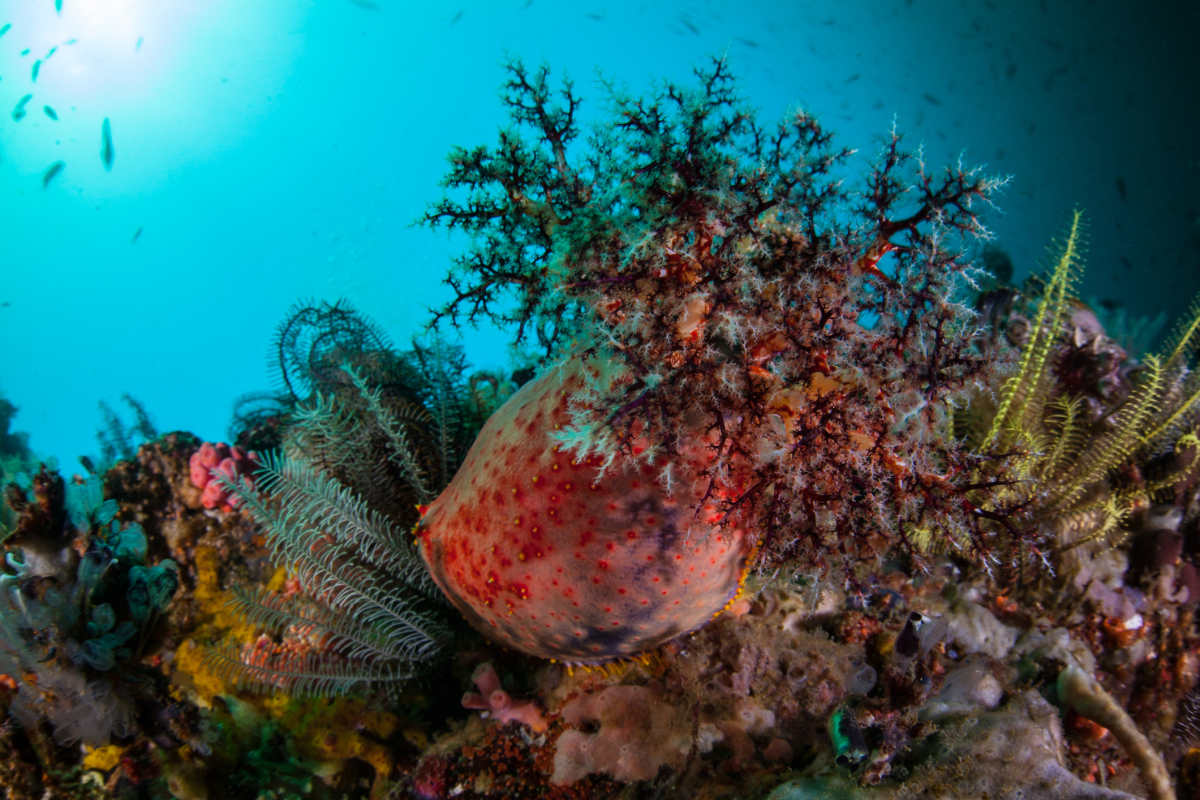
Henceforward, their fate will only take them either into the mouths of beach fleas or into the saucepans of seafood-loving beach hoppers. Another possibility is that a roaring swell of waves will push and bury them deep into the sand. Dogs, seagulls, and birds don’t eat them because they give them an upset stomach. But even when they lie entombed beneath the sandcastles, these sea cucumbers will continue to replenish the sands with exciting nutrients and the planet’s ecosystem with greater good.
More on Green Matters
Dozens of Rare ‘Pink Meanie’ Jellyfish Wash Up on Texas Shores — and Experts Know Why
Dozens of Whales With Empty Stomachs Wash Ashore the West Coast — and Experts Say It’s a Warning
Millions Are Tuning In To a Scientist-led Livestream That Shows Mysterious Creatures In The Deep Sea